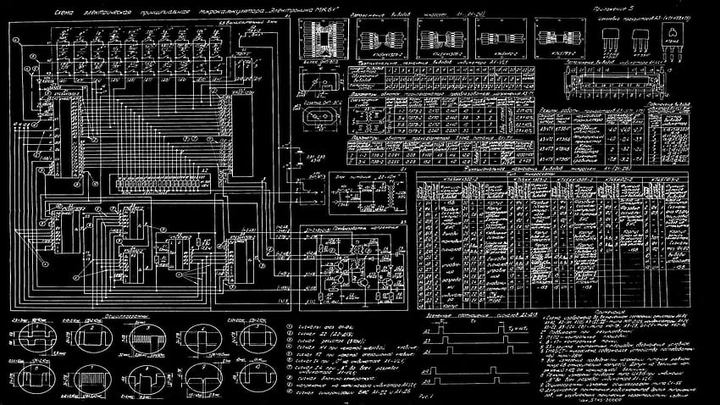2. Computer Science, Statistics & Machine Learning
 Photo by AdobeStock
Photo by AdobeStockMethods from computer science, statistics, and machine learning are becoming increasingly integral to both industry and academic research, revolutionizing the way data is analyzed and interpreted. The continuous development of novel analytical tools, combined with the exponential growth in computational power, allows for unprecedented levels of insight and the ability to process vast amounts of information with remarkable precision and speed. However, the effectiveness of machine learning algorithms hinges on several critical factors. One of the most crucial aspects is the selection of the appropriate goal function, which defines the specific objectives the algorithm is designed to achieve. Additionally, the evaluation of these algorithms is paramount, as it determines their accuracy, reliability, and overall success in real-world applications. Careful consideration of these elements ensures that machine learning models not only perform well in controlled environments but also translate effectively to practical, real-world scenarios, ultimately driving innovation and progress in financial analysis and beyond.
In my research, I worked on the evaluation aspect of hierarchical classification and Latent Dirichlet Allocation (LDA) topic models. These methods are crucial for organizing and interpreting large datasets, particularly when dealing with complex structures or uncovering hidden patterns in unstructured data. My work involves developing and refining evaluation metrics to ensure that these models accurately capture the underlying relationships within the data, providing meaningful and actionable insights.
In addition to that, I have developed computational tools for bioinformatics and natural language processing, focusing on transposon research, including their annotation, classification, and detection. Transposons, also known as “jumping genes,” play a crucial role in genome evolution and regulation, making their study essential for understanding genetic variability and disease mechanisms. To facilitate this research, I created a specialized tool called Transposon Ultimate, which streamlines the identification and analysis of transposable elements within genomic sequences. This tool integrates advanced algorithms for accurate transposon detection and classification, providing researchers with a robust platform for studying these mobile genetic elements. Through Transposon Ultimate, I aim to enhance the efficiency and precision of transposon research, contributing valuable insights to the broader fields of genetics and molecular biology.
Finally, I am interested in the exploration of self-supervised and semi-supervised machine learning techniques. These approaches are particularly promising because they can significantly reduce the need for extensive manual labeling of data, a process that is often time-consuming and resource-intensive, especially in fields like computer vision. By leveraging these techniques, my research aims to accelerate the production of labeled data, enabling faster and more efficient training of models with less manual intervention. This not only enhances the scalability of machine learning applications but also opens up new possibilities for their deployment in real-world scenarios where labeled data is scarce or difficult to obtain.
Relevant research questions in this context involve…
- How can we better evaluate ML algorithms?
- How can we achieve self- and semi-supervised learning?
Publications
- Lukas Müller, Kevin Riehl, Sonja Buschulte, Patrick Weiss (2024). Corporate Bond Market Event Studies: Event-Induced Variance and Liquidity. Preprint in SSRN.
- Kevin Riehl, Michael Neunteufel, Martin Hemberg (2023). Hierarchical confusion matrix for classification performance evaluation. Journal of the Royal Statistical Society - Series C: Applied Statistics.
- Kevin Riehl, Cristian Riccio, Eric a Miska, Martin Hemberg (2022). TransposonUltimate: software for transposon classification, annotation and detection. Nucleic Acids Research.
- Philipp Terhörst, Kevin Riehl, Naser Damer, Peter Rot, Blaz Bortolato, Florian Kirchbuchner, Vitomir Struc, Arjan Kuijper (2020). PE-MIU: A Training-Free Privacy-Enhancing Face Recognition Approach Based on Minimum Information Units. IEEE Access.